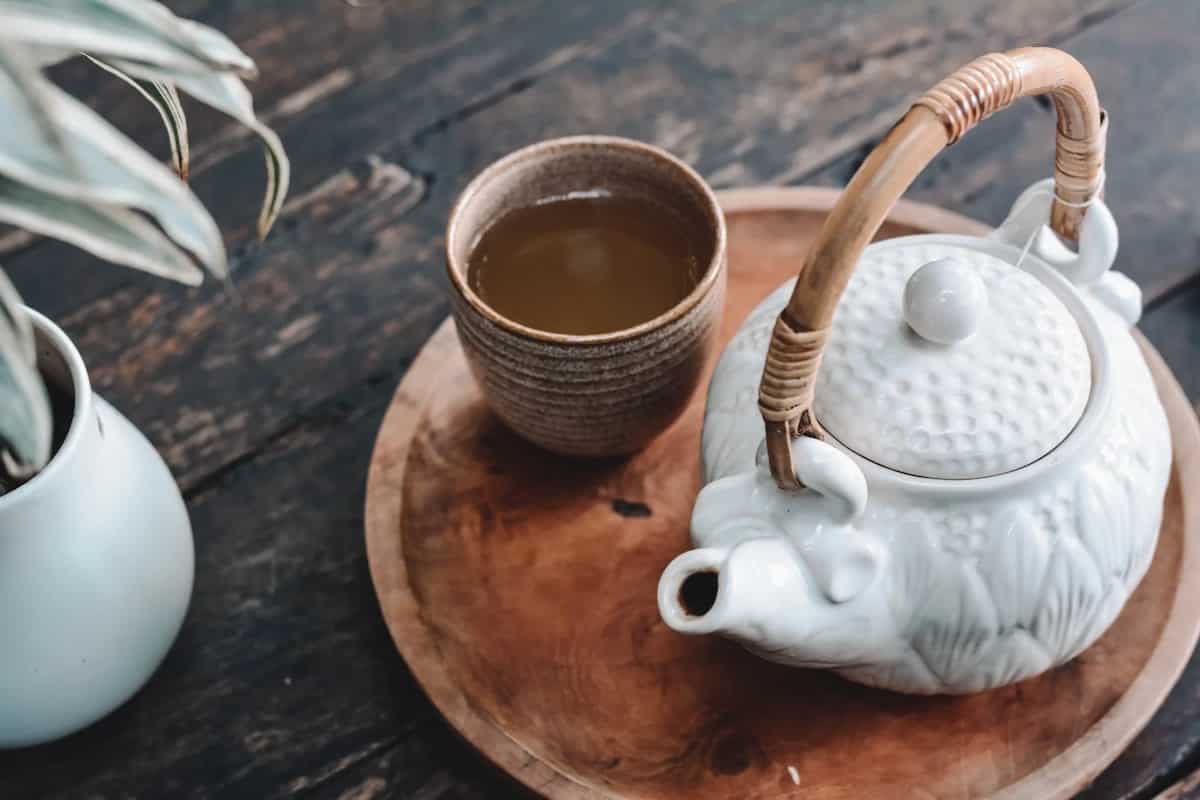Teatime everywhere is an excuse to rest and a chance to disconnect from everyday stresses to focus on the present moment. From pouring the tea out of a pot and into a porcelain cup, to slowly sipping on the beverage as it coats your tongue, tea drinking is a complete ritual. So many varieties of tea have been developed that it becomes difficult to choose your everyday brew, but Darjeeling tea enjoys a place of pride on most tea trays.
Prized all over the world for its golden colour and distinct taste, Darjeeling tea can be considered the queen of all teas. Best enjoyed without milk or sugar so that its delicate flavour isn’t overpowered, most of this tea is exported.
Light and aromatic, Darjeeling tea is actually a Chinese tea that’s grown in India. Its taste has been likened to wine and it is often called the “champagne of teas”. The leaves of Darjeeling tea can be processed in different ways so as to produce black, green, white or oolong tea. However, black Darjeeling tea remains the most popular variety. The merging of the DNA of Chinese tea with Indian soil and climate gives Darjeeling tea its unique flavour.
Depending on when the leaves grow and are subsequently harvested, Darjeeling tea can be categorised into three different flushes.
Darjeeling first flush
First flush refers to the first harvest (between February and April) of the season, which involves the appearance of the first dewdrops during spring after a dormant winter. These tea leaves have a floral aroma and light colour. This flush is more expensive than other flushes, mainly because the demand usually outweighs the supply.
Darjeeling second flush
Harvested between late May and June, the second flush is preferred by most connoisseurs. Its colour is darker amber-like, and the tea is full-bodied. The taste is more fruity than floral, and has been likened to muscatel grapes. Its tasting notes include honey and toffee; it is more astringent than first flush.
Darjeeling third flush
Also called the autumn flush, the third flush is the last harvest of the year and begins at the end of October, once the rains have stopped and the temperature begins to cool. On brewing, the colour of this tea is dark and the taste is different and less delicate. The price of the third flush is also lower than the other two flushes.


